Dancing puppies
Oil on canvas, cm 122.5 x 131
The canvas presented here, referring to the nineteenth century, was an exquisite example of painting made to decorate a boiserie, as attested by the particularity of the format and the ornamental subject.
The theme of the dancing putti is based on a very widespread and experimented model around the twenties of the sixteenth century, on which the greatest artists tried: Pordenone, author of the Dance of Putti today at the Uffizi Gallery in Florence, For example, he could use multiple visual models to fine-tune this complex and original composition, as he had known the famous engraving of Marcantonio Raimondi with a girotondo of amorini, from an invention of Raphael himself and can be dated between 1517 and 1520. In the course of the centuries that followed, the fame of this sweet subject never diminished.
The work in question, in fact, can be attributed to the hand of the eighteenth-century artist Angelo Monticelli, specialized in drawing with tempera and student of the painter Andrea Appiani (1754-1817), where, for the Teatro alla Scala he designed the figures of the parapets of the boxes (1807) and the curtain (1821). In 1826, on the occasion of the repainting of the Teatro comunale di Ferrara, Monticelli decorated the ceiling with an Apotheosis by Lodovico Ariosto. He also holds the curtain of the Rossini theatre in Pesaro. For the Duke of Lodi Francesco Melzi d'Eril and under the direction of the architect Giocondo Albertolli, designed by Giuseppe Bossi, He decorated in chiaroscuro the niche of the altar of the noble chapel of Villa Melzi in Bellagio with a figure of the Eternal Father and the Four Evangelists in the pendentives of the dome. For the pulvinare hall of the Civic Arena in Milan he painted a false stucco frieze with figures, while at the Palazzo Reale it is his fresco on the theme of Jupiter that decorates the room of columns. Monticelli was also the designer of a series of illustrations for the successful publication illustrated in 21 volumes Il costume antico e moderno di tutti i popoli dell'Europa by the educated librarian of the Biblioteca Braidense Giulio Ferrario. Pleasing also from the point of view of chiaroscuro, the illustrations return the colors of the clothes, the uses and the customs of the various populations described, even presenting monuments and buildings that no longer exist today.
The angels that adorn this table, which probably had the function of superimposing, take up in the composition, those appearing in the monochrome painting made for Villa Carlotta, in Tremezzina, and currently still on site. The bright and vibrant colors of the painting perfectly fit the characteristics of both private production and for the artist’s theater. The bright and vibrant colors are the trademark of Monticelli’s works, which aim to capture the eye of their viewer.



























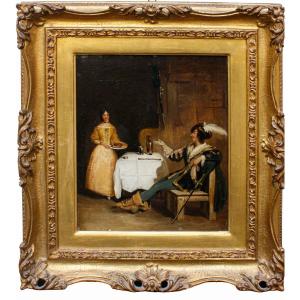








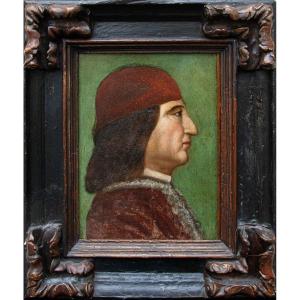



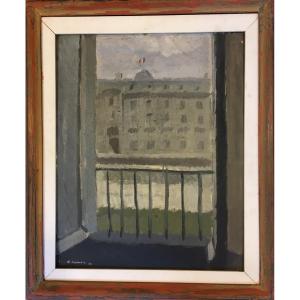
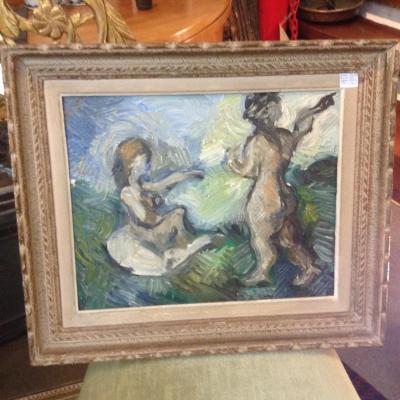
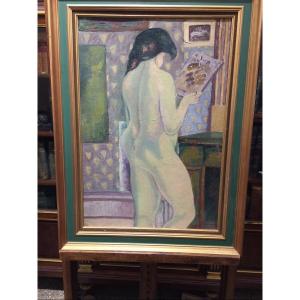
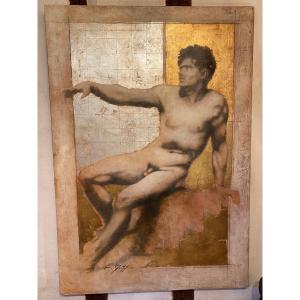
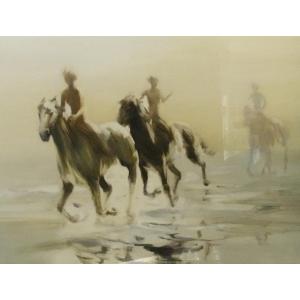



 Le Magazine de PROANTIC
Le Magazine de PROANTIC TRÉSORS Magazine
TRÉSORS Magazine Rivista Artiquariato
Rivista Artiquariato